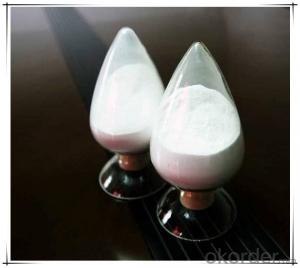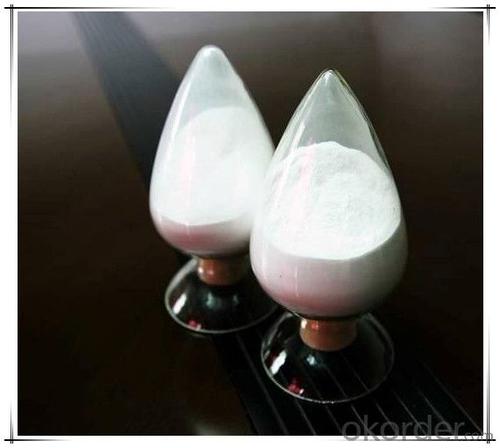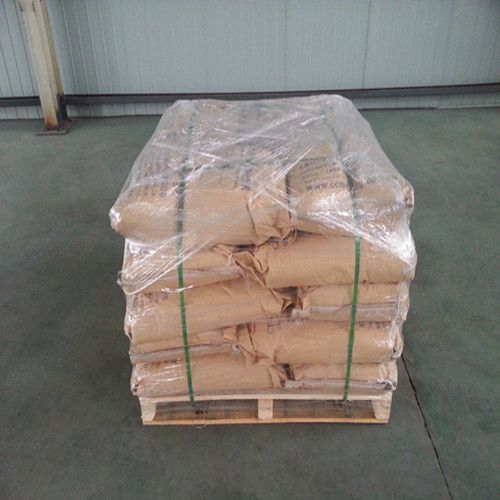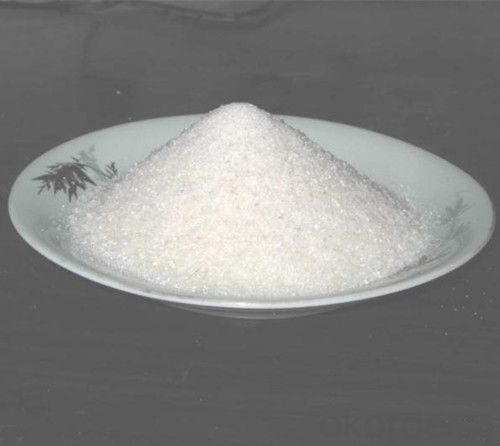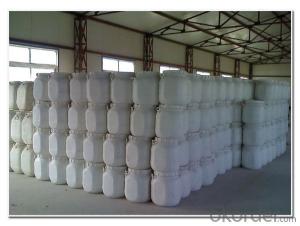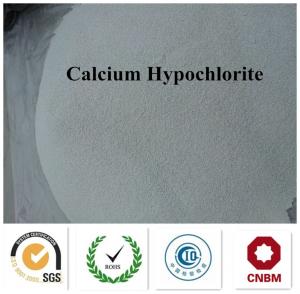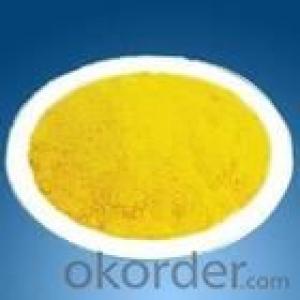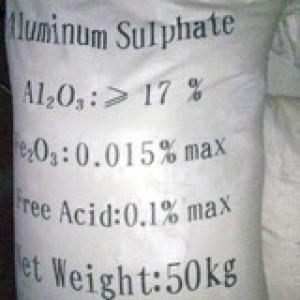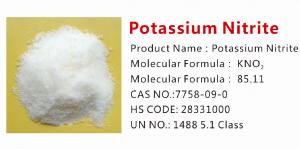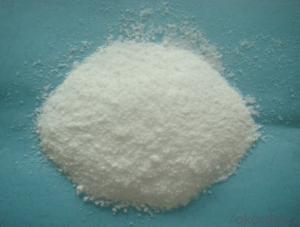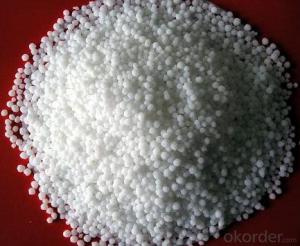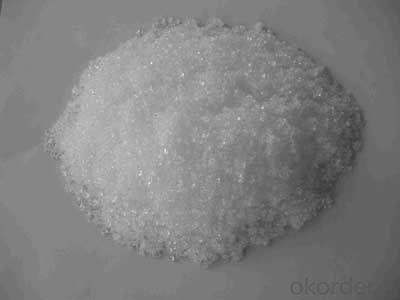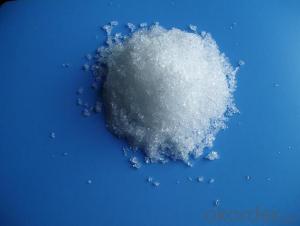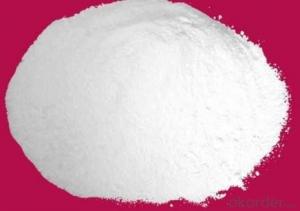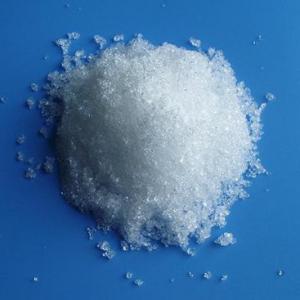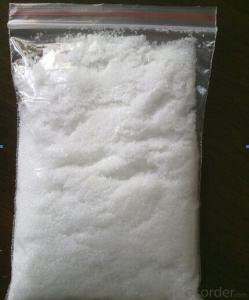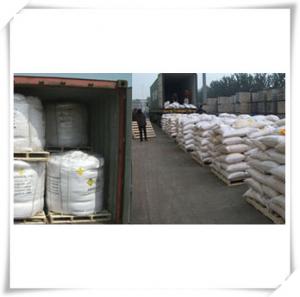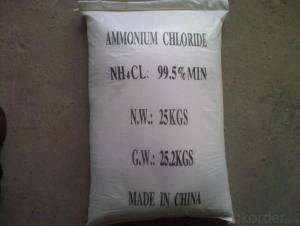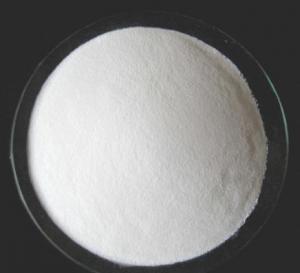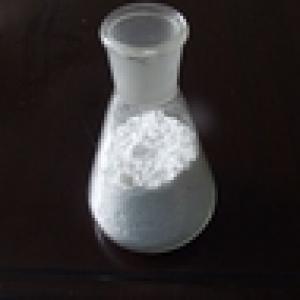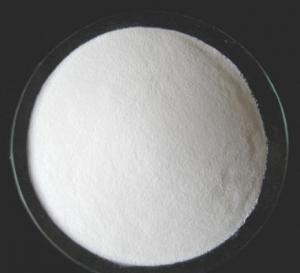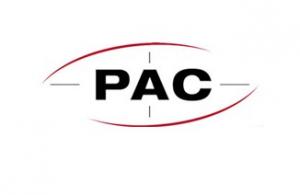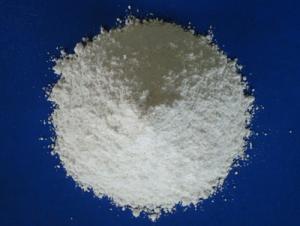Calcium Nitrate Inorganic Salt Construction Chemical
- Loading Port:
- China main port
- Payment Terms:
- TT OR LC
- Min Order Qty:
- 1000 kg
- Supply Capability:
- 500000 kg/month
OKorder Service Pledge
OKorder Financial Service
You Might Also Like
| Calcium nitrate inorganic salt |
Description: Technical standard : Q/140706CSC002-2005 Molecular Formula:Ca(NO3)2.4H2O Colorless transparent crystal,soluble in water, methanol, ethanol, in the air easily flows angle, is the oxidant, the case of organic compounds, sulfur combustion and explosion that occurred. Physicochemical Properties: Calcium nitrate tetrahydrate is a white columnar shape crystal of monoclinic system. A crystallographic form. Specific Density: 1.895. It decomposes at 132°C. The p roduct is apt to dissolve in water, methanol, ethanol, acetone. Not dissolve in nitric acid. The calciu m nitrate is used as an oxidizer. It will burn once in contact with easy combustion things. It has a pro perty of rot ,and it can burn our skin.
Calcium nitrate mainly used in refrigerants, rubber coagulant, is also used in pyrotechnics, tubes, available fertilizer.
Package avoid moisture,seal, shall not organic matter, sulfur mixed storage. storage process to prevent rain and sun exposure.
25/50KGwoven bags or packed according to the requirements of customers..
ItemIndexIndustrial GradeAgricultural Grade content≥99.0%≥99.0%PH value5.0-7.05.0-7.0Heavy metal≤0.0005%≤0.001%Water insoluble≤0.01%≤0.02%Sulphate≤0.02%≤0.02%Iron≤0.002%≤0.01%Chlorites≤0.005%≤0.005%Calcium oxides content(CaO)---≥23.0% content(N)---≥11.7% FAQ 1.Q: What is MOQ? A: Our MOQ is 1 TON. 2.Q: Could you offer free sample? A: We can provide free samples to you for quality testing. 3.Q: What about your packing? A: For liquid: Flexitank, or IBC tank 1000L For powder:Woven fabric bag with plastic film liner( 25kg or 1000kg) Clients’ packing is workable. 4.Q: How about your productive capacity? A: 150000 tons/Year. 5.Q: What is your delivery time? A: Within 7 days after received deposit or L/C at sight. |
- Q: What is an inorganic salt?
- I think inorganic salts mean salts that do not contain organic ionic groups
- Q: I will eat a boiled egg every morning, drink a box of milk before going to bed at night, to stop these things, eat only vegetables?
- This is not accurate, the reference, I measured is 12.3, the normal range is 9.8 to 11.8kg it! You see your normal range, estimated machine different
- Q: The lack of symptoms and food sources of several inorganic salts
- Food sources of inorganic salts containing calcium Source: dairy products, beans, cereals, kelp and so on. Source: seafood, etc. Food of iron-containing inorganic salts Source: Fruits Containing iodine-containing inorganic salts Source (trace): seaweed, jellyfish, corn, mussels, etc. Zinc-containing inorganic salt food sources (trace): animal liver (viscera), fruit, peanuts, etc.
- Q: Is bromine an inorganic salt?
- Bromide is an anion which joins with a cation to make a salt like Sodium Chloride (table salt) Bromine is a liquid bleach, similar to chlorine gas. oganic compounds are those which have carbon or sulphur base
- Q: Does the plant absorb some of the inorganic salt?
- Plants absorb moisture and absorb inorganic salts are two relatively independent processes.
- Q: Is calcium carbide inactive?
- Calcium carbide, the chemical formula for the CaC2, not inorganic salts. Salt refers to the metal ions and acid ions of the compound, calcium carbide does not have the corresponding acid.
- Q: Please help me!
- Yes it is considered to be organic only if the compound contains carbon. Oxygen and Hydrogen have no bearing on that, for example CO2 is organic, whereas H2O is not.
- Q: Inorganic salts are not nutritious
- Nutritional substances are sugar protein fat three nutrients
- Q: RO reverse osmosis water machine can remove impurities in the water, that the body will not be due to lack of minerals and malnutrition?
- So we can say: all the minerals required by the human body are dependent on the supply of food.If the mineral and water pollutants to do comparison, then we can almost ignore the minerals in the water; , We would rather drink RO reverse osmosis water machine filtered out of the clean water, do not for that 0.01% of the minerals, and take our health joke.
- Q: I am 18 years old, test the body of inorganic salt content of 3KG, people say that low. What is the value of this use? How can improve it?
- Inorganic salts are inorganic compounds in the salt, formerly known as minerals, the body has found more than 20 species, including constant elements of iron, zinc, selenium, molybdenum, chromium, cobalt, iodine 8. If you pay attention to diet diversification, eat Animal fat, eat brown rice, corn and other coarse grains, do not eat too much refined flour, can make the body of inorganic salt to maintain the normal level should be.
Send your message to us
Calcium Nitrate Inorganic Salt Construction Chemical
- Loading Port:
- China main port
- Payment Terms:
- TT OR LC
- Min Order Qty:
- 1000 kg
- Supply Capability:
- 500000 kg/month
OKorder Service Pledge
OKorder Financial Service
Similar products
Hot products
Hot Searches
Related keywords
